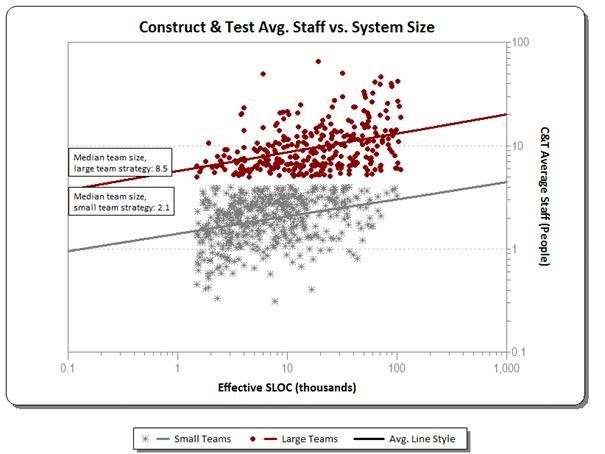How much time and effort should we spend to produce an estimate? Project estimation, like any other activity, must balance the cost of the activity with the value produced.
There are two extreme situations that organizations must avoid:
The Drive-By Estimate
The drive-by estimate occurs when a senior executive corners a project manager or developer and requires an immediate answer to the estimation questions: “When can we get this project done?” “How much will it cost?” and “How many people do we need?" (the equally pertinent questions: “How much functionality will we deliver?” and “What will the quality be?” seem to get much less attention).
Depending on the pressure applied, the estimator must cough up some numbers rather quickly. Since the estimate has not been given much time and attention, it is usually of low quality. Making a critical business decision based on such a perfunctory estimate is dangerous and often costly.
The Never-Ending Estimate
Less common is the estimation process that goes on and on. In order to make an estimate “safer” an organization may seek to remove uncertainty in the project and the data used to create the estimate. One way to do that is to analyze the situation more and more. Any time we spend more time and more effort in producing an estimate we will generally produce a more precise and defensible result. The trouble is the work we have to do to remove all the uncertainty is pretty much the same work we have to do to run the project. So companies can end up in the odd situation where, in order to decide if they should do the work what resources they should allocate to the project, they actually do the work and use up the resources.


